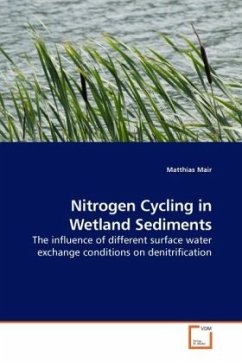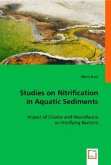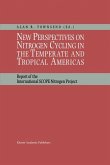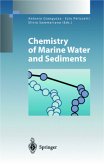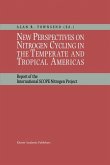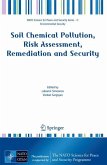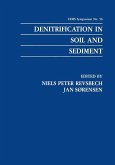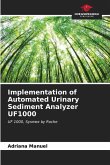Wetlands are amongst the most productive habitats in the world and play a key role in nutrient retention and the conversion of organic nutrients. Nitrogen pollution nowadays is a problem in many large rivers in the temperate zone. In the nitrogen cycle, denitrification is an important process, which removes nitrate from the water. Two different approaches to measure denitrification in floodplains were applied and the comparison of the results allowed for conclusions about actual and potential rates of denitrification. Potential rates of denitrification were measured with the acetylene inhibition technique (AIT) and compared to the actual rates of denitrification measured with the isotope pairing technique (IPT). Sediment and water samples were collected from 3 sampling sites (isolated, connected, and restored) in the Alluvial Zone National Park, east of Vienna in April 2008. The rates of denitrification measured were correlated to nutrient concentrations in sediment and water as well as environmental conditions on the day of sampling. The comparison of the methods showed large differences between actual and potential rates of denitrification for all sites.
Bitte wählen Sie Ihr Anliegen aus.
Rechnungen
Retourenschein anfordern
Bestellstatus
Storno

